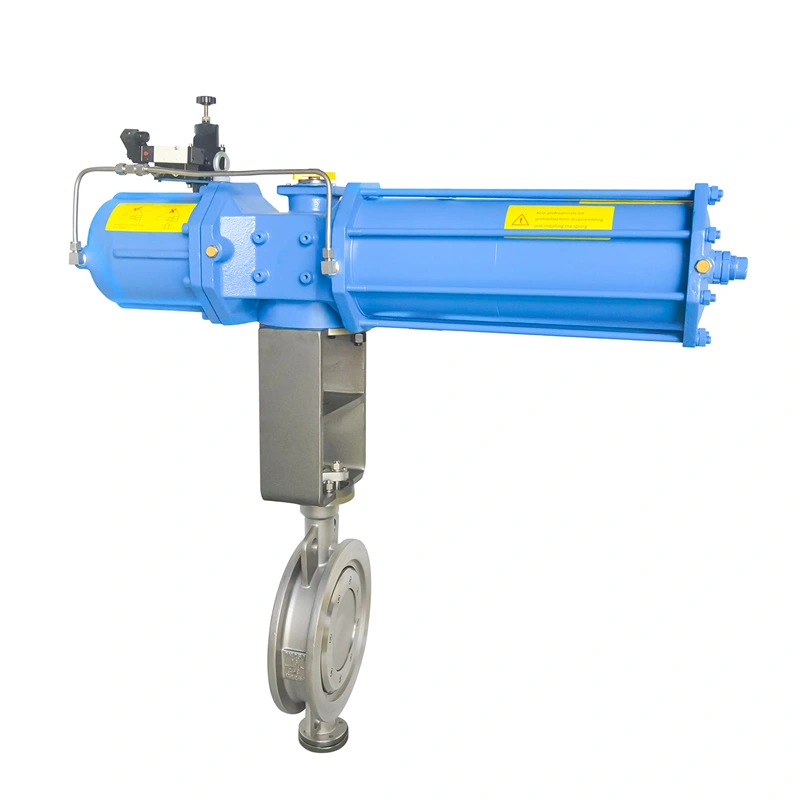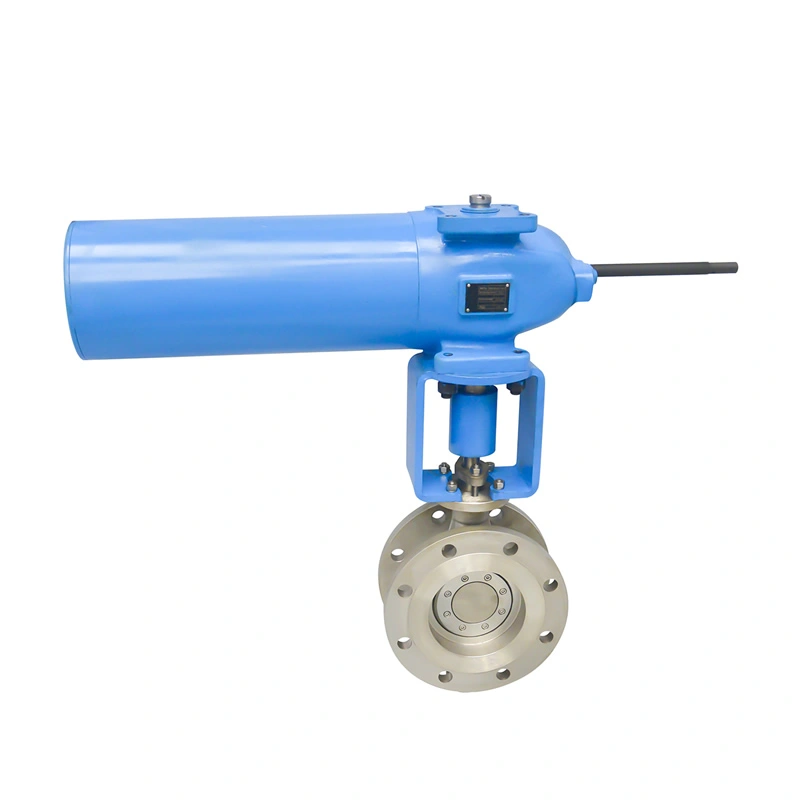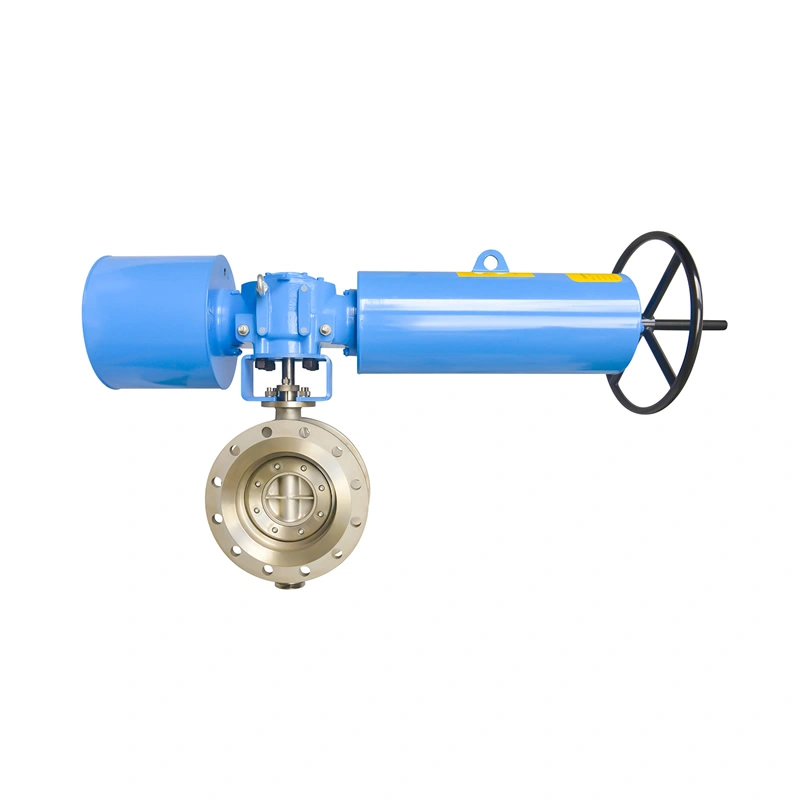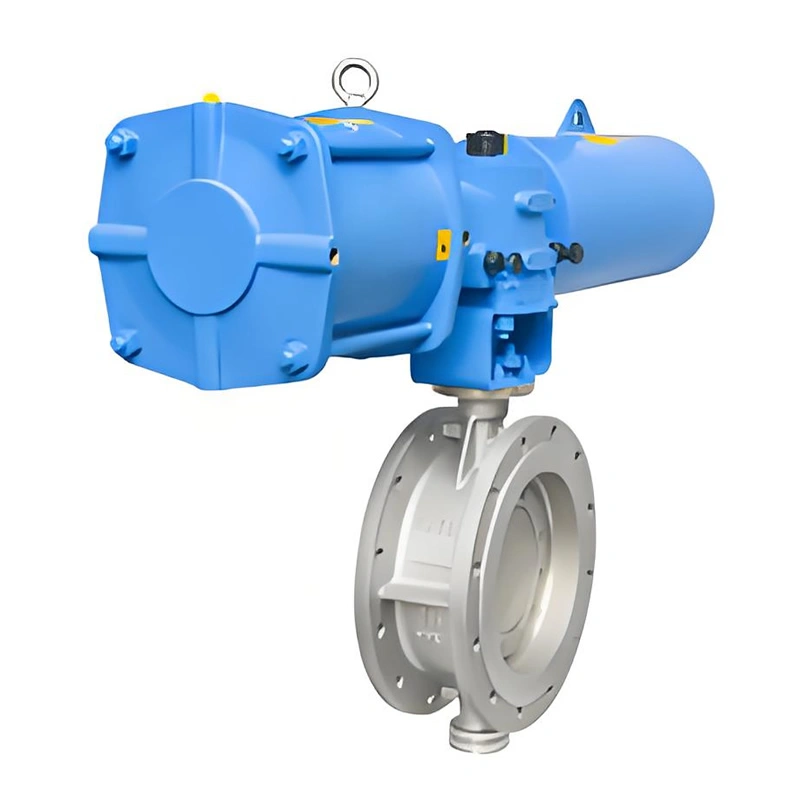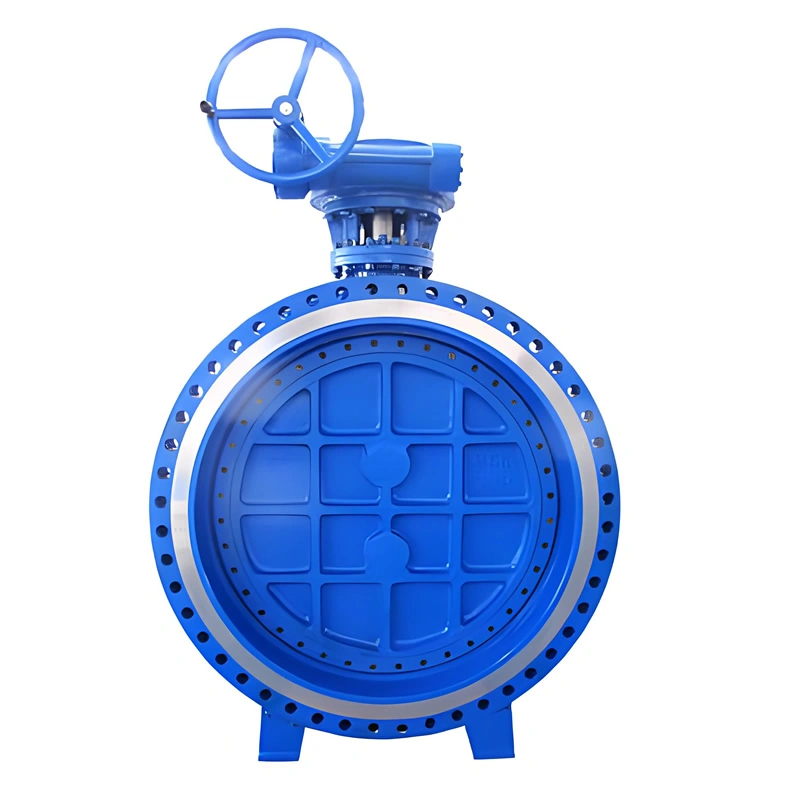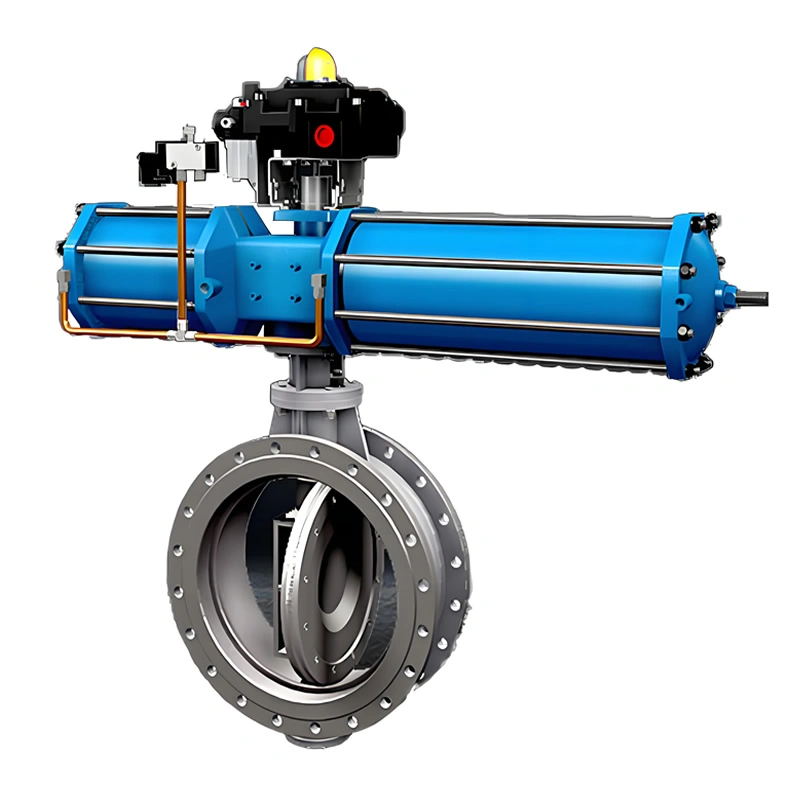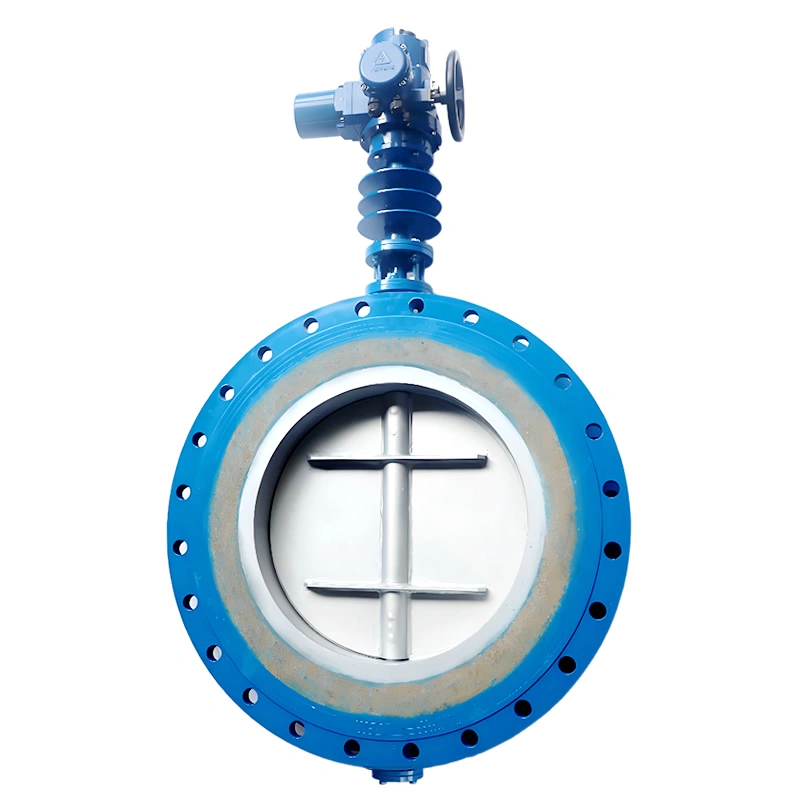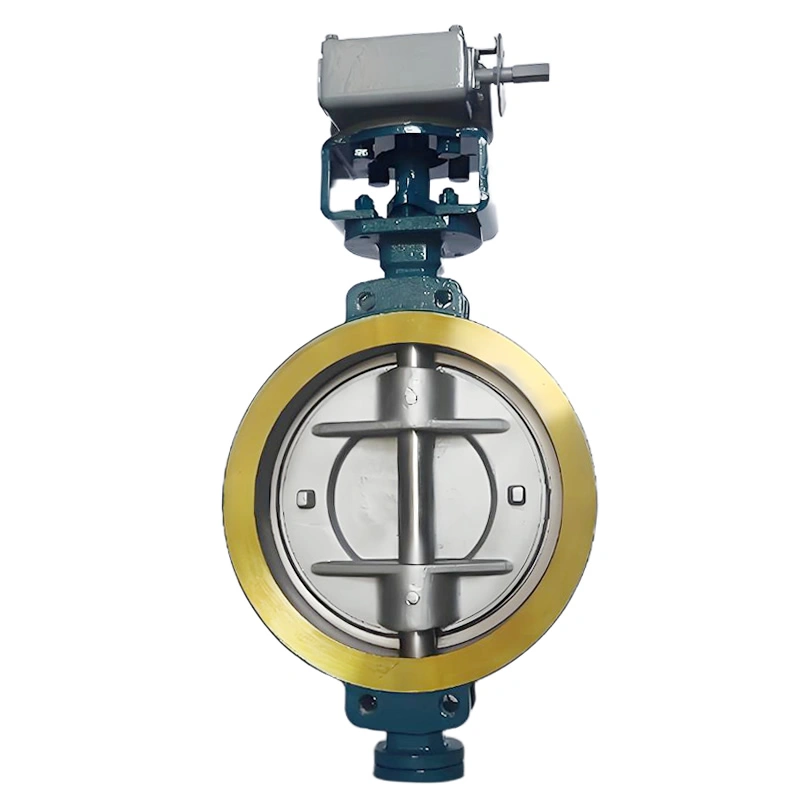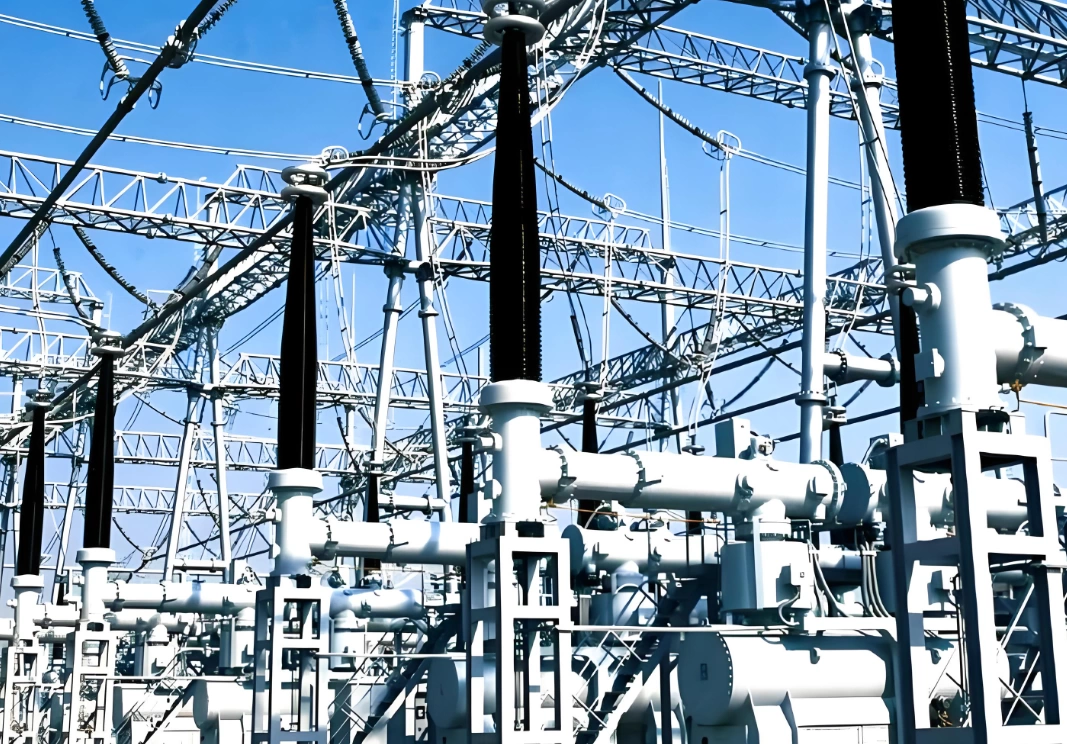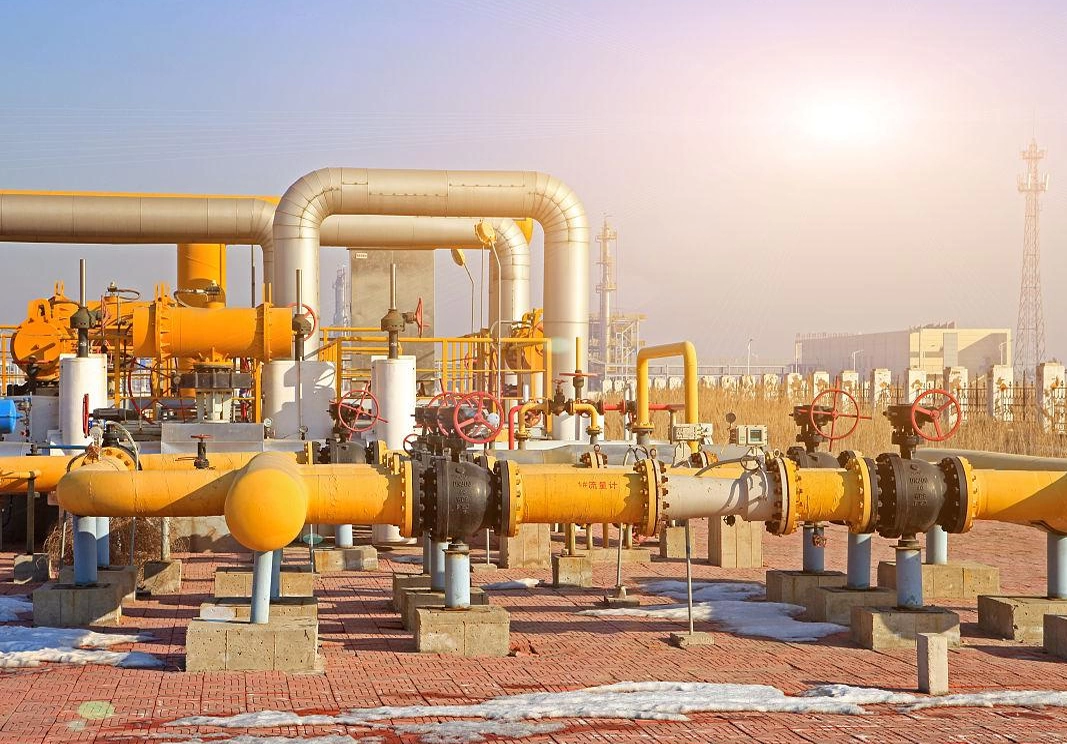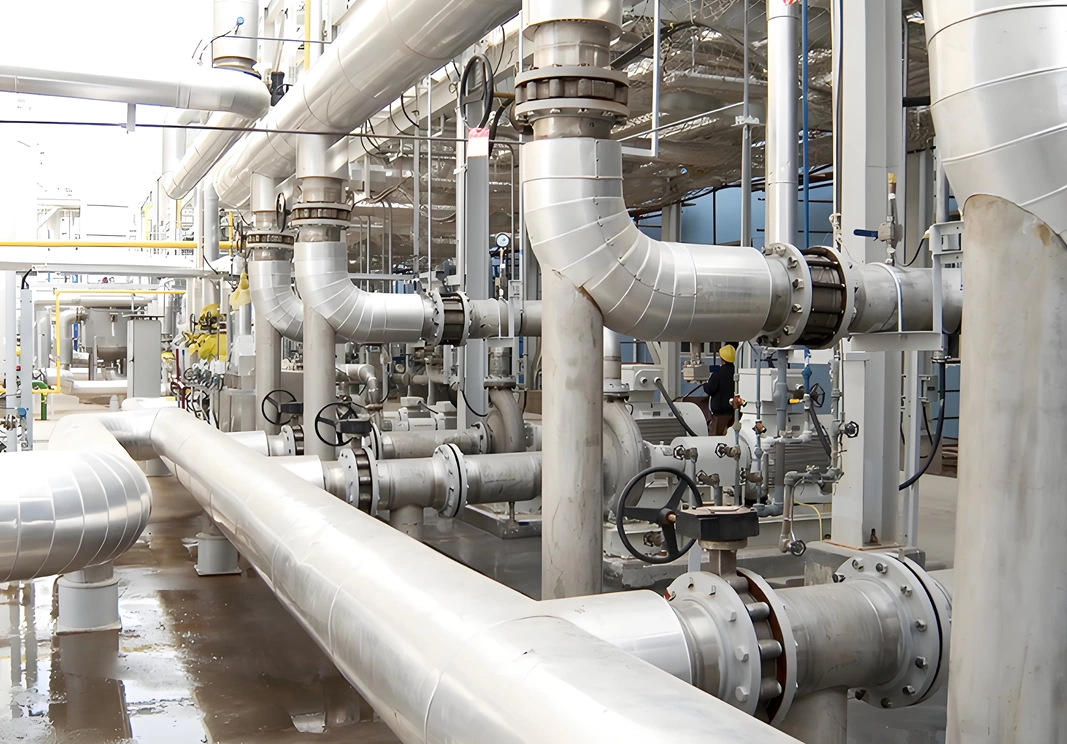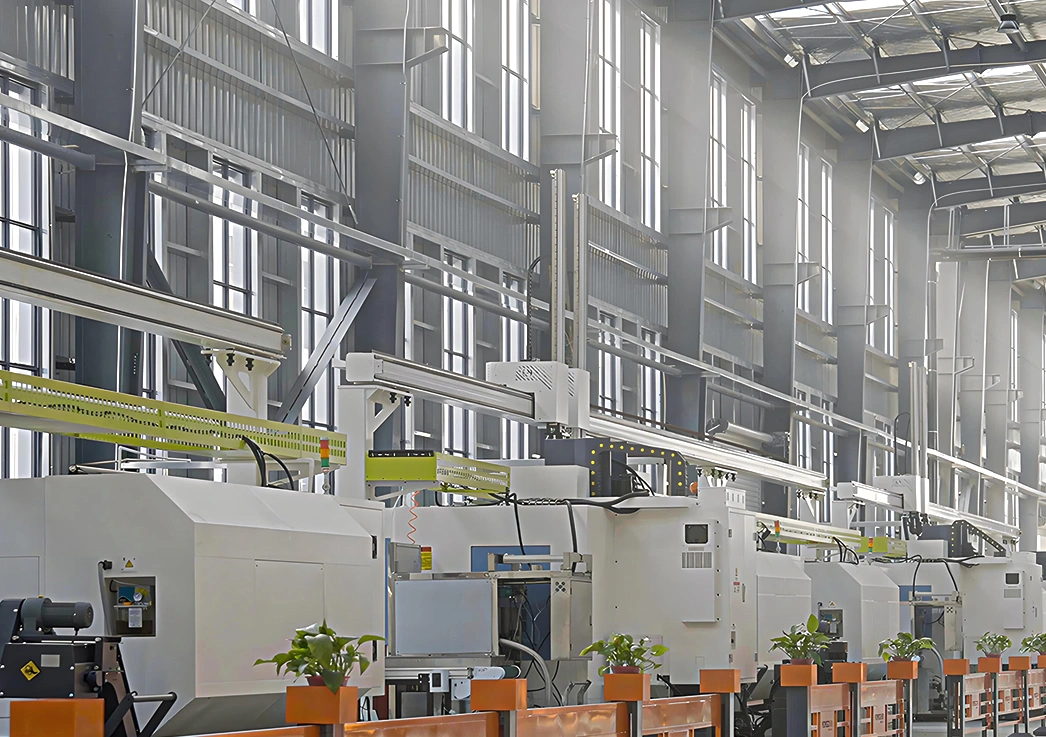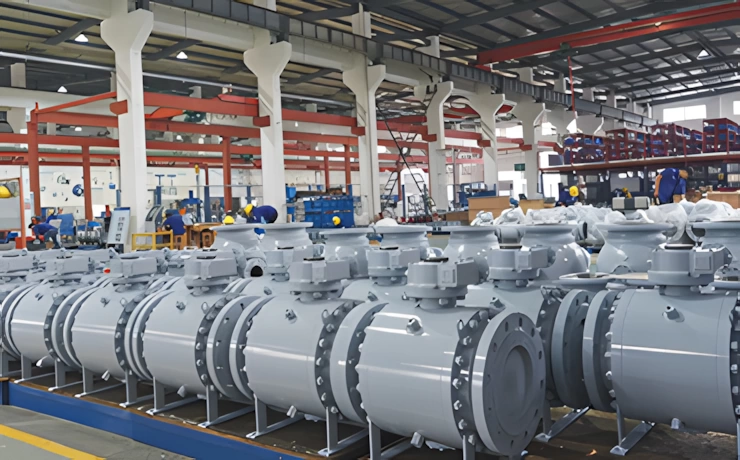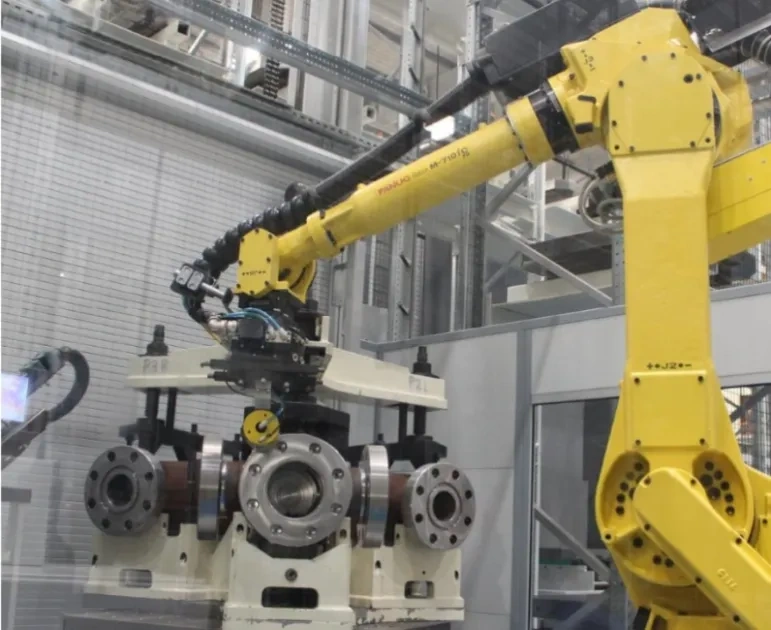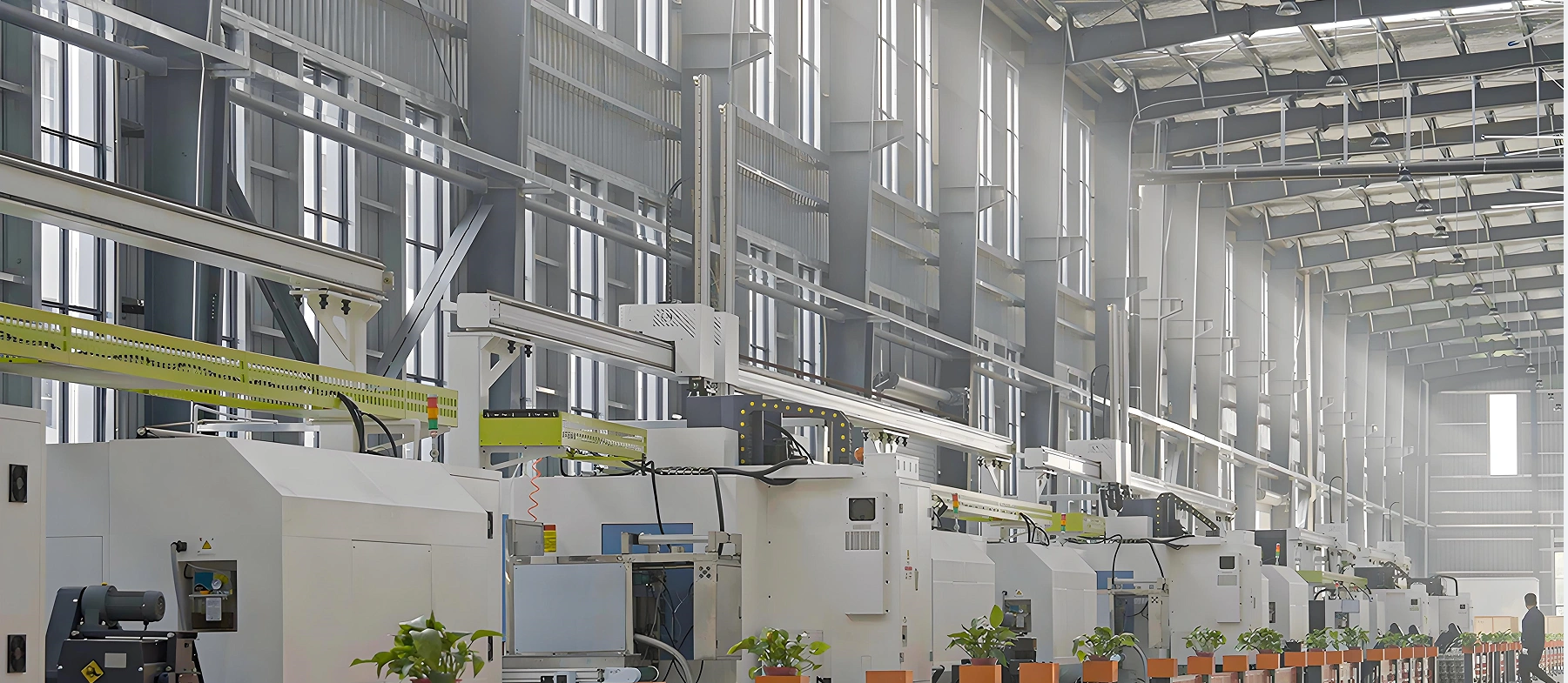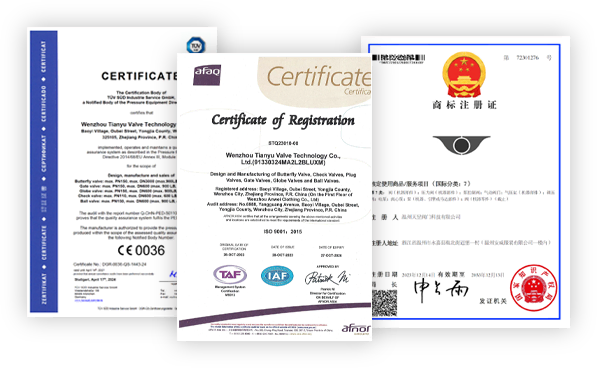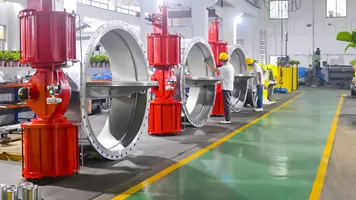The triple – offset geometric design is a standout feature. It involves offsetting the disc’s axis in three planes. During operation, as the valve opens or closes, the disc gradually disengages from the seat, minimizing friction. When closed, precise alignment ensures a tight seal, even under high – temperature and pressure differentials. This design also reduces wear on the seat and disc, extending the valve’s service life in high – temperature environments where thermal expansion could otherwise impact sealing.
The metal – to – metal seat is crucial for high – temperature applications. Unlike soft seats that can degrade or lose sealing ability at elevated temperatures, the metal seat maintains its integrity. It can withstand the thermal cycling and high temperatures without significant leakage, ensuring the valve’s reliability in processes where temperature variations are common. The robust nature of the metal – to – metal seal also contributes to the valve’s ability to handle high – pressure conditions simultaneously.
The availability of materials like CF8C, 310S, 316, and 304 allows for customization based on the application’s thermal and corrosive demands. For example, in a furnace exhaust system with extremely high temperatures, 310S can be used to ensure the valve doesn’t fail due to heat – induced material degradation. In a chemical plant with moderately high temperatures and corrosive chemicals, 316 can provide both temperature and corrosion resistance.
First, the appropriate high – temperature material (CF8C, 310S, 316, or 304) is selected based on the intended application. The raw material is inspected for quality, ensuring it meets the required chemical composition and mechanical property standards for high – temperature service. It is then cut and shaped into rough blanks for further machining.
CNC (Computer Numerical Control) machining is employed to achieve the precise dimensions of the valve body, disc, and other components. The triple – offset design of the disc requires extremely accurate machining to ensure the correct geometric offsets. The flange ends are also machined to strict tolerances to ensure proper sealing. Surface finishing processes may be applied to enhance corrosion resistance, especially important for high – temperature applications where oxidation can be a concern.
Components are assembled with care, ensuring the metal – to – metal seat is correctly installed for optimal sealing. The pneumatic actuator is attached and calibrated to ensure smooth operation. After assembly, the valve undergoes rigorous testing. Pressure testing is performed to check for leaks under the rated PN16 pressure, and high – temperature testing may be conducted (depending on the material and application) to verify performance in extreme thermal conditions. Only after passing all tests is the valve ready for industrial use.


